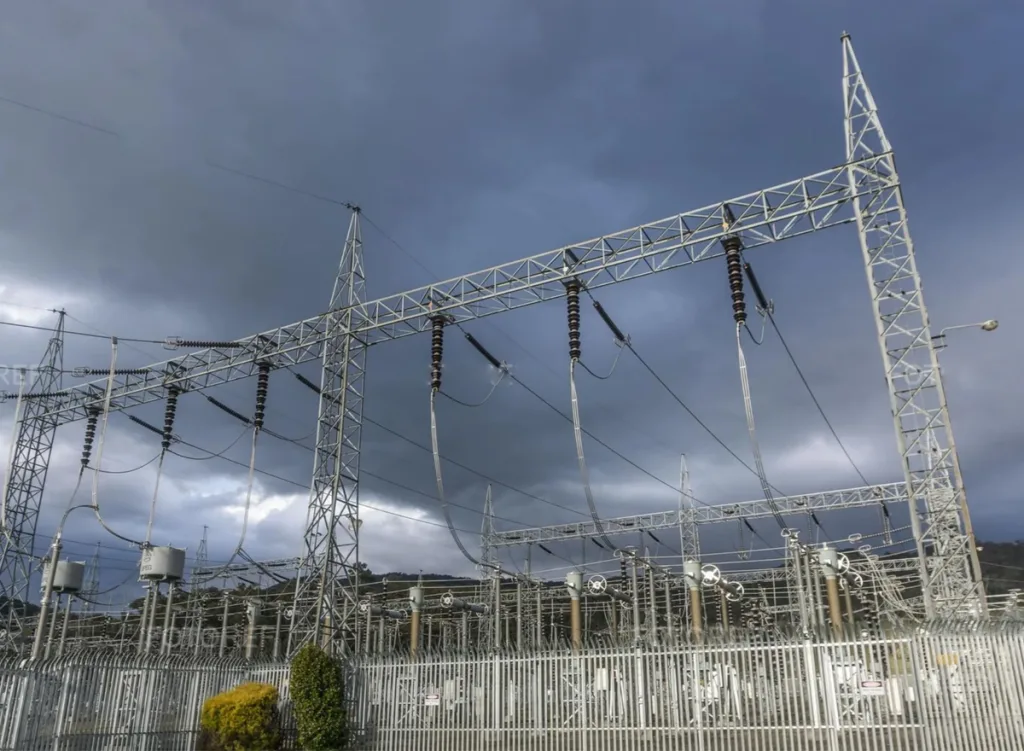[fusion_imageframe image_id=”8765|large” aspect_ratio=”” custom_aspect_ratio=”100″ aspect_ratio_position=”” skip_lazy_load=”” lightbox=”no” gallery_id=”” lightbox_image=”” lightbox_image_id=”” alt=”” link=”” linktarget=”_self” hide_on_mobile=”small-visibility,medium-visibility,large-visibility” sticky_display=”normal,sticky” class=”” id=”” max_width=”” sticky_max_width=”” align_medium=”none” align_small=”none” align=”none” mask=”” custom_mask=”” mask_size=”” mask_custom_size=”” mask_position=”” mask_custom_position=”” mask_repeat=”” style_type=”” blur=”” stylecolor=”” hue=”” saturation=”” lightness=”” alpha=”” hover_type=”none” magnify_full_img=”” magnify_duration=”120″ scroll_height=”100″ scroll_speed=”1″ margin_top_medium=”” margin_right_medium=”” margin_bottom_medium=”” margin_left_medium=”” margin_top_small=”” margin_right_small=”” margin_bottom_small=”” margin_left_small=”” margin_top=”” margin_right=”” margin_bottom=”” margin_left=”” bordersize=”” bordercolor=”” borderradius=”” z_index=”” caption_style=”off” caption_align_medium=”none” caption_align_small=”none” caption_align=”none” caption_title=”” caption_text=”” caption_title_tag=”2″ fusion_font_family_caption_title_font=”” fusion_font_variant_caption_title_font=”” caption_title_size=”” caption_title_line_height=”” caption_title_letter_spacing=”” caption_title_transform=”” caption_title_color=”” caption_background_color=”” fusion_font_family_caption_text_font=”” fusion_font_variant_caption_text_font=”” caption_text_size=”” caption_text_line_height=”” caption_text_letter_spacing=”” caption_text_transform=”” caption_text_color=”” caption_border_color=”” caption_overlay_color=”” caption_margin_top=”” caption_margin_right=”” caption_margin_bottom=”” caption_margin_left=”” animation_type=”” animation_direction=”left” animation_color=”” animation_speed=”0.3″ animation_delay=”0″ animation_offset=”” filter_hue=”0″ filter_saturation=”100″ filter_brightness=”100″ filter_contrast=”100″ filter_invert=”0″ filter_sepia=”0″ filter_opacity=”100″ filter_blur=”0″ filter_hue_hover=”0″ filter_saturation_hover=”100″ filter_brightness_hover=”100″ filter_contrast_hover=”100″ filter_invert_hover=”0″ filter_sepia_hover=”0″ filter_opacity_hover=”100″ filter_blur_hover=”0″]https://aierway.com/wp-content/uploads/2025/06/65-2-1024×751.jpg[/fusion_imageframe]
The Insulation Advantages of SF6 Gas and Its Necessity in 110kV Electrical Equipment
Introduction
Sulfur hexafluoride (SF6) gas has been widely adopted in high-voltage electrical equipment due to its exceptional dielectric properties, thermal stability, and arc-quenching capabilities. Particularly in 110kV power systems, SF6 gas insulation is considered essential for ensuring safe and efficient operation. This article explores why SF6 is the preferred insulating medium for 110kV switchgear, circuit breakers, and gas-insulated substations (GIS), detailing its advantages over alternative insulation methods.
1. Superior Dielectric Strength of SF6 Gas
1.1 High Breakdown Voltage
SF6 gas has an extremely high dielectric strength—about 2.5 to 3 times that of air at the same pressure. This means that:
-
Smaller clearance distances are required compared to air-insulated systems.
-
Compact switchgear designs (such as GIS) are possible, saving space in substations.
1.2 Pressure-Dependent Insulation Performance
Unlike air or oil insulation, SF6’s dielectric strength increases with pressure. At 3-5 bar, SF6 provides sufficient insulation for 110kV applications, whereas air or oil would require much larger spacing.
1.3 Uniform Electric Field Distribution
SF6 gas helps maintain a stable electric field, reducing partial discharges and corona effects, which are critical for long-term insulation reliability in high-voltage systems.
2. Excellent Arc-Quenching Capability
2.1 Thermal and Electrical Arc Extinction
SF6 is electronegative, meaning it captures free electrons during arcing, rapidly deionizing the plasma. This property makes it far superior to air or oil in interrupting high-current faults.
2.2 Fast Arc Extinction in Circuit Breakers
-
In 110kV circuit breakers, SF6 ensures rapid arc quenching within 10-20 milliseconds, preventing equipment damage.
-
Compared to vacuum or oil breakers, SF6 breakers have a longer lifespan and require less maintenance.
2.3 Self-Healing Properties
After arcing, SF6 recombines into its original state, unlike oil, which degrades over time. This ensures consistent performance over thousands of operations.
3. Why 110kV Equipment Must Use SF6 Insulation
3.1 Space and Cost Efficiency
-
Air-insulated switchgear (AIS) for 110kV requires large clearances, increasing substation footprint.
-
SF6-insulated switchgear (GIS) reduces space requirements by up to 70%, making it ideal for urban substations.
3.2 Higher Reliability in Harsh Conditions
-
Unlike oil, SF6 is non-flammable and chemically inert, reducing fire risks.
-
It performs well in humid, polluted, or high-altitude environments, where air or oil insulation may fail.
3.3 Lower Maintenance Requirements
-
Oil-insulated systems require regular filtration and replacement.
-
SF6 systems are sealed for life, with minimal leakage risks if properly maintained.
4. Comparison with Alternative Insulation Methods
| Property | SF6 Gas | Air Insulation | Oil Insulation | Vacuum Insulation |
|---|---|---|---|---|
| Dielectric Strength | Very High | Low | Medium | High (but limited to medium voltage) |
| Arc Quenching | Excellent | Poor | Good | Good (but limited current ratings) |
| Space Requirement | Compact | Very Large | Moderate | Compact (but not for 110kV+) |
| Maintenance | Low | Moderate | High | Moderate |
| Environmental Impact | High GWP (regulated) | None | Oil disposal issues | None |
Key Takeaway:
For 110kV applications, SF6 remains the best compromise between performance, size, and reliability. While vacuum interrupters are suitable for medium voltage, they cannot yet handle the insulation and current-breaking demands of 110kV systems.
5. Environmental Concerns and Future Alternatives
5.1 SF6 and Global Warming Potential (GWP)
-
SF6 is a potent greenhouse gas (GWP = 23,500x CO2).
-
Regulations (EU F-Gas Regulation, EPA guidelines) are pushing for SF6 phase-out in some applications.
5.2 Emerging Alternatives
-
Fluorinated gas mixtures (e.g., SF6/N2 blends) – Reduce GWP while maintaining performance.
-
Dry air or CO2-based insulation – Being tested for medium-voltage, but not yet viable for 110kV.
-
Solid-insulated switchgear (SIS) – Still in development for high-voltage applications.
5.3 Why SF6 is Still Necessary for 110kV (For Now)
Until scalable, high-voltage alternatives are commercially available, SF6 remains the only proven solution for 110kV insulation and arc quenching.
Conclusion
SF6 gas’s superior dielectric strength, arc-quenching ability, and compact design make it indispensable for 110kV power systems. Despite environmental concerns, no alternative currently matches its performance in high-voltage applications. As technology evolves, SF6 mixtures or new insulating mediums may eventually replace pure SF6, but for now, 110kV equipment must rely on SF6 for safe and efficient operation.
For engineers and utilities, selecting SF6-insulated switchgear ensures reliability, space savings, and compliance with high-voltage grid requirements.
Would you like a more detailed analysis on SF6 alternatives for high-voltage systems? Let us know in the comments!
